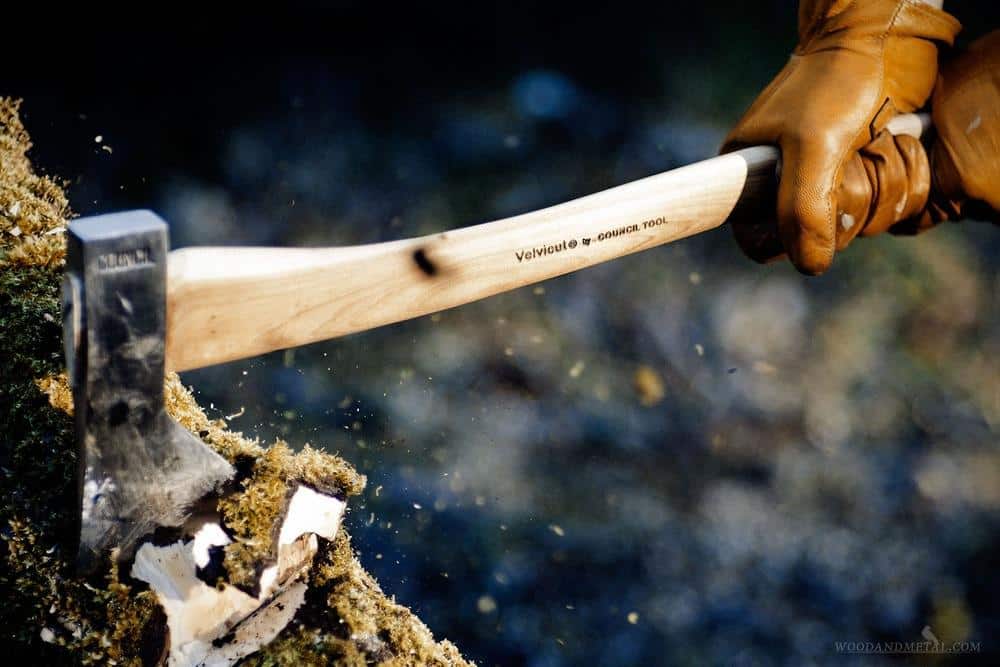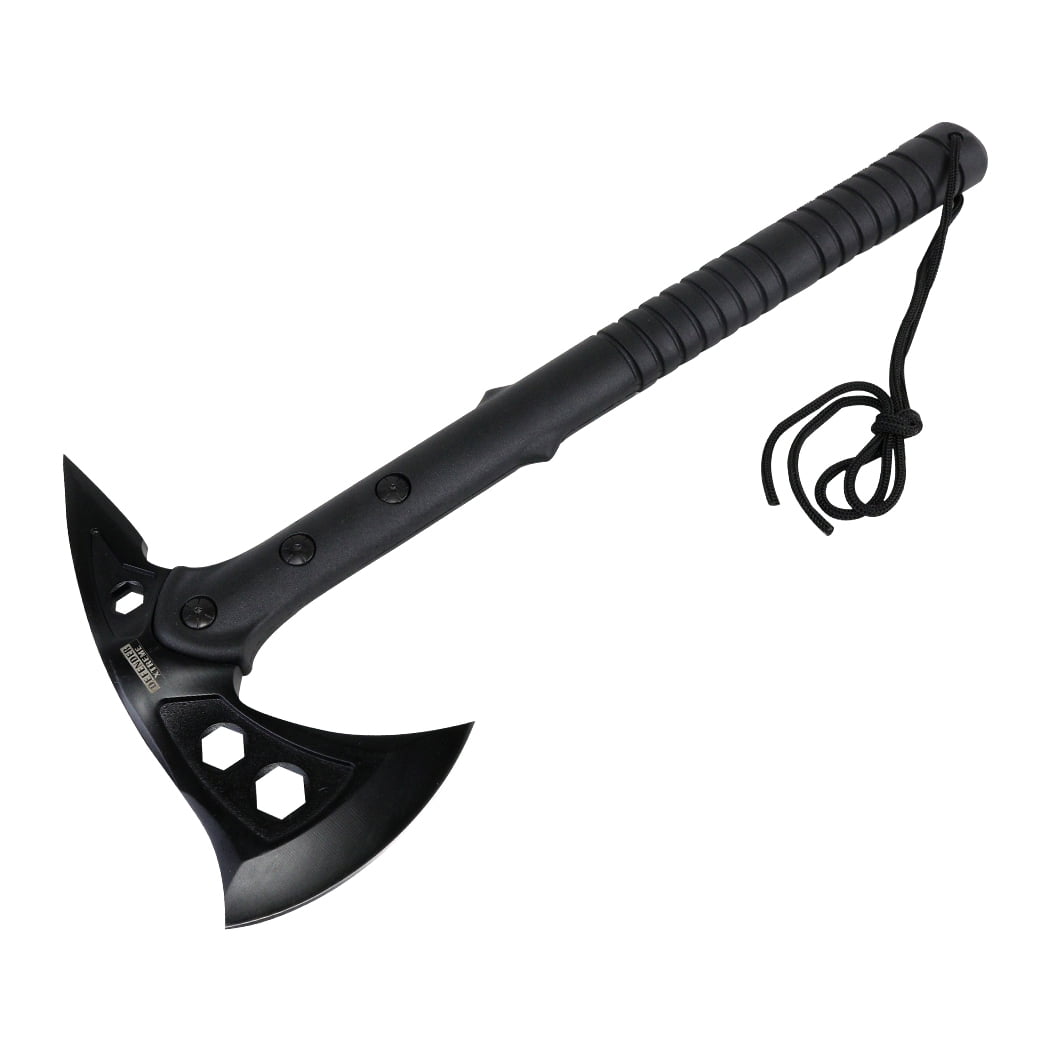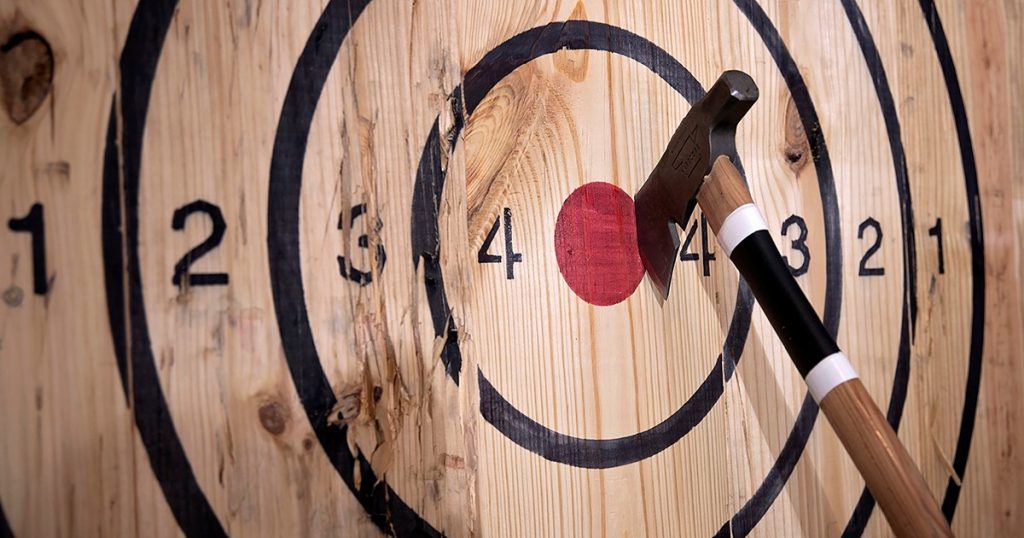

En el conjunto de objetos se identificaron los dos complejos técnicos característicos de la metalurgia del Occidente de México (período 1 y 2).

Por primera vez un conjunto amplio de datos contextualizados permite relacionar distintos complejos técnicos con tradiciones culturales específicas. Los recientes datos metalúrgicos y culturales provenientes de cuatro sitios en La Cuenca de Sayula, Jalisco, han permitido ampliar y plantear nuevos conocimientos acerca de la metalurgia prehispánica del Occidente de México. In combination with existing evi-dence for the introduction of metallurgical technology from Ecuador to Mexico (Hosler 1994), they make an a priori case for a shared definition of value and increas-ingly commercial interaction between these regions. Thus, very similar objects, made by related tech-niques, were simultaneously found near the coasts of three distinct regions, where they were interred as burial goods, stored in caches, and used, or apparently used, as media of exchange. These include small, often axe-shaped copper objects from parts of Mexico, Ecuador, and northern Peru. While many of these media of exchange might be examined in relation to coastal Pacific interaction, the copper axe-monies and their relatives stand out (Figure 10.1) (Hosler, Lechtman, and Holm 1990). Even the spatial extent of their use remains unmapped. Their values and equivalencies remain unclear in many cases (see the limited list in Berdan 1975:table 1), as are the specific kinds of transactions in which they could be used. These included cacao beans, lengths of cloth, strings of spondylus shell beads, coca leaves, and others.

Numerous sources refer to the use of different products as “money” by the time of the conquest. In the final centuries before European contact,Pre-Columbian societies from Mesoamerica to the Andes engaged in intensified commercial interaction by land and sea (e.g., Marcos 2005 Rostworowski de Díez Canseco 1970 Smith and Berdan 2003).


 0 kommentar(er)
0 kommentar(er)
